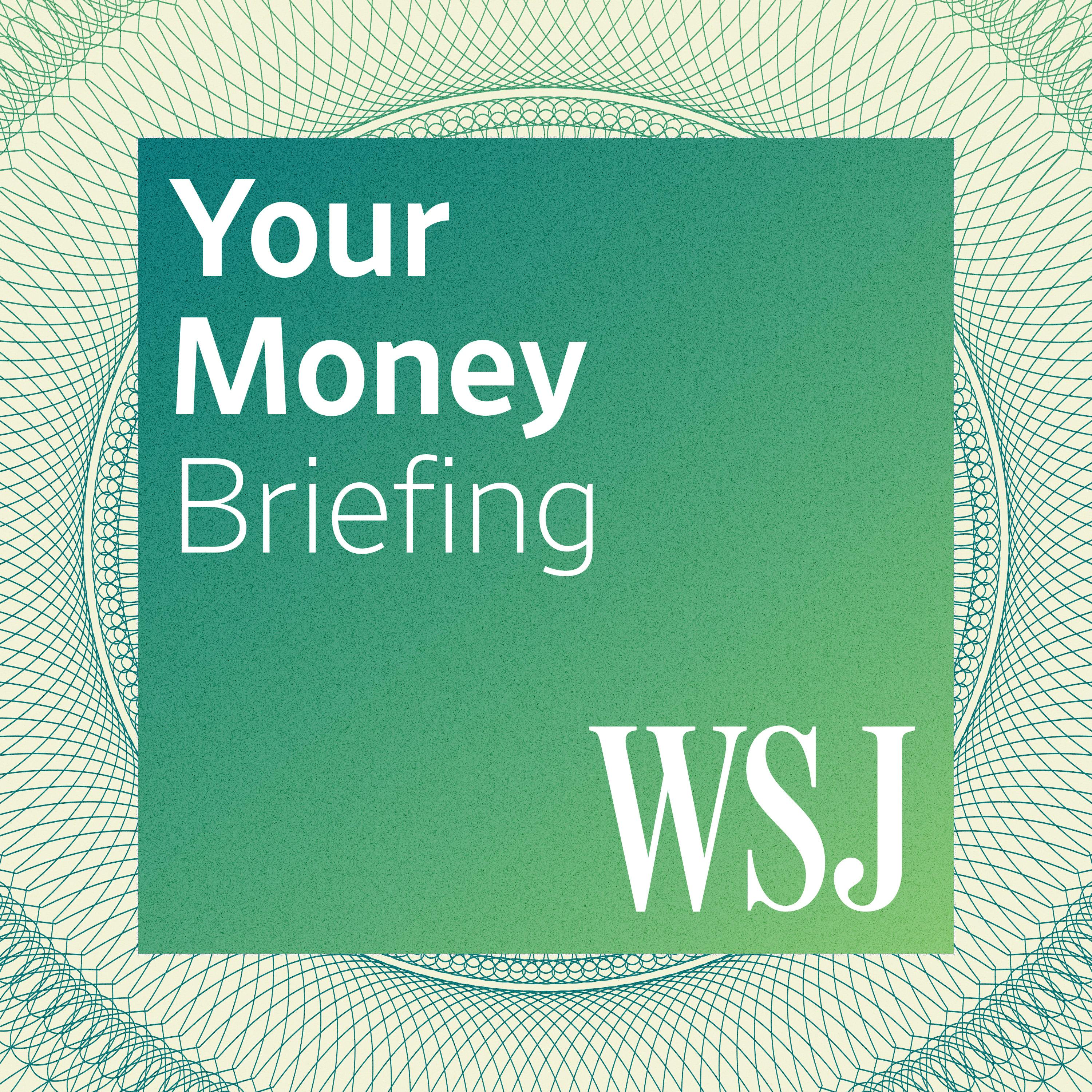We're sunsetting PodQuest on 2025-07-28. Thank you for your support!
Export Podcast Subscriptions
Making Sense of Weight-Loss Drugs’ Cost and Coverage
2025/6/4

WSJ Your Money Briefing
C
Callum Borschers
C
Cheryl Winokur-Monk
Callum Borschers: 作为主持人,我认为目前GLP-1减肥药市场对消费者来说非常复杂和令人困惑。虽然药物短缺问题已经缓解,但价格仍然高昂,而且保险覆盖情况也不明确,这使得许多真正需要这些药物的人难以获得。我希望通过与专家的对话,能够帮助大家更好地了解这个市场,找到降低成本的途径。
Cheryl Winokur-Monk: 作为华尔街日报的撰稿人,我分析了GLP-1药物价格高昂的几个主要原因。首先,新药研发成本高昂,而且受到专利保护,限制了市场竞争。其次,美国政府不像其他国家那样直接干预药品价格谈判。尽管如此,制造商正在努力降低价格,越来越多的雇主也开始考虑提供保险覆盖。此外,消费者可以通过比较价格、与保险公司沟通等方式来降低成本。虽然仿制药短期内难以出现,但政府的政策干预可能会带来转机。总的来说,我认为GLP-1药物市场在未来几年内会发生一些积极的变化。
Deep Dive
The high cost of GLP-1 drugs like Ozempic and Wegovy is due to several factors: the cost of research and development, patent laws limiting competition, and the lack of price negotiation in the U.S. Newer drugs tend to be more expensive, and the absence of government intervention on pricing exacerbates the issue.
- High R&D costs
- Patent laws limit competition
- U.S. doesn't negotiate drug prices
Shownotes Transcript
GLP-1s like Ozempic and Wegovy are no longer in short supply, yet they still can cost more) than $1,000 a month out of pocket. Wall Street Journal contributor Cheryl Winokur Munk joins host Callum Borchers to dig into why some people pay much more for weight-loss drugs than others.
Sign up for the WSJ's free Markets A.M. newsletter).
Learn more about your ad choices. Visit megaphone.fm/adchoices)